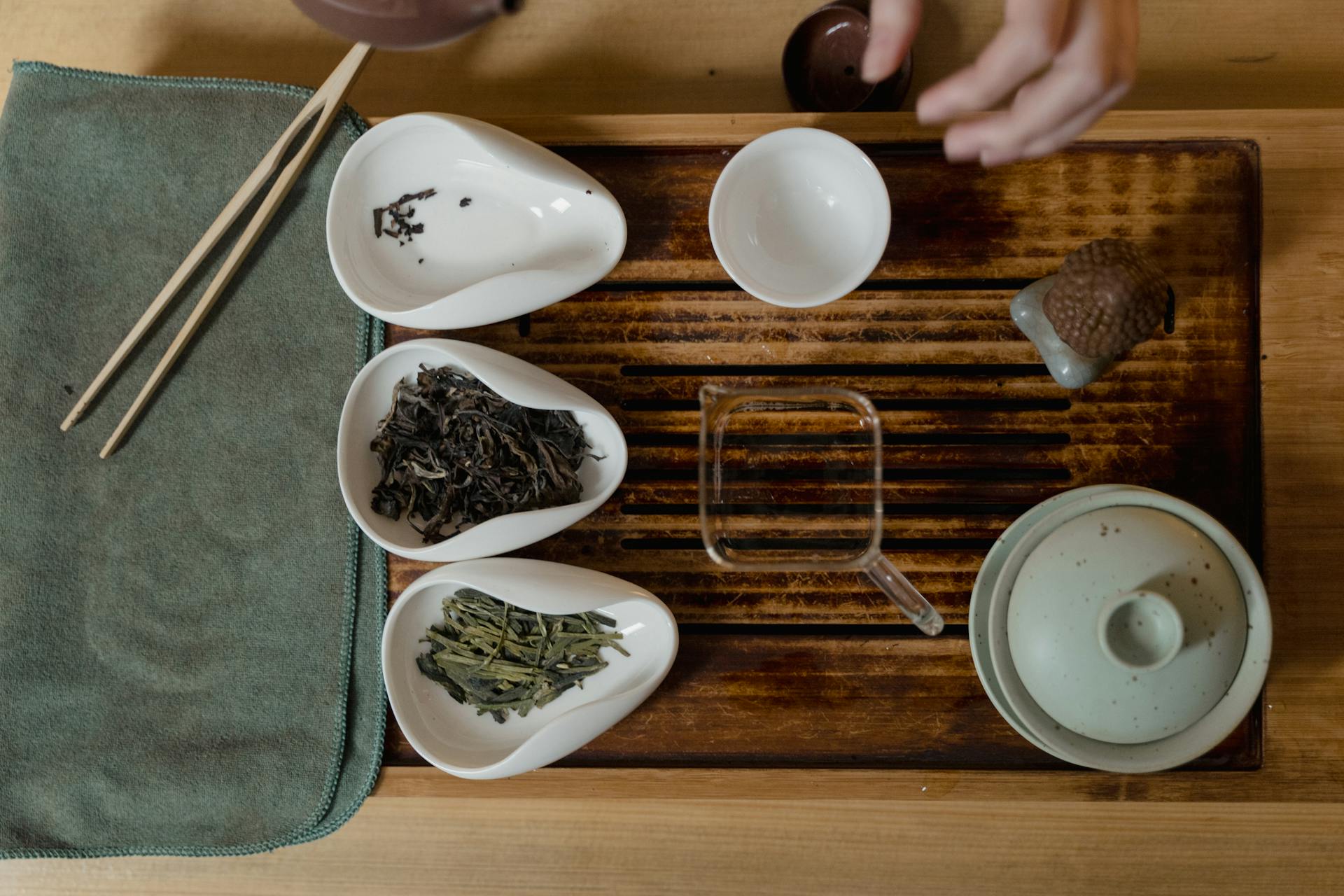
Brewing tea might seem simple, but small mistakes can greatly affect its flavor, aroma, and quality. To help you make the perfect cup of tea every time, here are some common mistakes to avoid and tips on how to get the best flavor from your tea leaves.
Mistake 1: Using Boiling Water for All Types of Tea
Boiling water is too hot for many teas, especially delicate green and white teas. Using water that’s too hot can make your tea bitter and overpowering.
Solution: Adjust water temperature based on tea type:
- Green tea: 160-185°F (70-85°C)
- White tea: 160-185°F (70-85°C)
- Black tea: 190-212°F (90-100°C)
- Oolong tea: 180-200°F (82-93°C)
Using a thermometer or a temperature-controlled kettle can help achieve the right temperature.
Mistake 2: Over-Steeping Your Tea
Over-steeping is one of the most common mistakes and often results in a bitter taste. Different teas have specific steeping times to bring out the best flavors.
Solution: Use a timer to track your steeping time. Here’s a quick guide:
- Green tea: 1-3 minutes
- Black tea: 3-5 minutes
- Oolong tea: 4-7 minutes
- White tea: 2-3 minutes
Timing each steep is crucial for a balanced, flavorful cup.
Mistake 3: Using Low-Quality Water
Tap water with high mineral content or impurities can mask the delicate flavors in tea. Quality water can make a big difference in the overall taste.
Solution: Use filtered water or spring water for a clean, pure taste. Avoid distilled water, as it lacks minerals that can enhance the tea’s natural flavor.
Mistake 4: Adding Sugar and Milk Right Away
Adding sugar, milk, or other flavorings before tasting can mask the natural taste of the tea, especially with lighter teas like white and green.
Solution: Taste your tea first to appreciate its natural flavors. If desired, add sweeteners or milk in small amounts and adjust as needed to find the perfect balance.
Mistake 5: Not Measuring Your Tea Properly
Using too much or too little tea can affect flavor. Without measuring, your tea can be too strong or too weak.
Solution: Measure tea based on the recommended amounts for each type:
- Loose-leaf tea: 1 teaspoon per 8-ounce cup of water
- Stronger teas: Slightly increase the amount, especially for black teas
Using a kitchen scale or dedicated tea scoop can help achieve consistency.
Mistake 6: Storing Tea Incorrectly
Tea leaves are sensitive to light, heat, moisture, and air. Improper storage can cause them to lose their flavor and aroma over time.
Solution: Store your tea in an airtight container in a cool, dark place. Avoid clear jars or containers that expose tea to light, as it can degrade its quality.
Mistake 7: Reusing Tea Leaves Incorrectly
Reusing tea leaves can be a great way to get more flavor, especially with high-quality loose-leaf teas. However, leaving leaves sitting in water between uses can cause them to become stale and bitter.
Solution: Drain the tea leaves after each steep and reuse them within a few hours, keeping them in a cool, dry place. High-quality teas, like oolong and some greens, can often be reused 2-3 times.
FAQs: Brewing Tea at Home
Is it okay to reheat brewed tea?
It’s best to avoid reheating tea, as it can change its flavor and aroma. Instead, store brewed tea in the fridge and enjoy it cold if needed.
Can I use the same water for multiple tea types?
Yes, but for the best flavor, use fresh water each time. This helps avoid any leftover minerals or flavors from previous brews.
How do I know if my tea has gone stale?
Tea that has lost its aroma and flavor or has an off smell may have gone stale. Proper storage can extend its freshness.
Conclusion: Perfecting Your Tea at Home
Brewing tea at home can be a rewarding experience, especially when you avoid these common mistakes. By using the right water temperature, steeping time, and storage methods, you can elevate your tea and enjoy every cup to the fullest. With a few small adjustments, you’ll be well on your way to mastering the art of tea brewing.
Happy brewing!




